-
×
 White Zebra Dove
1 × ₨ 35,000
White Zebra Dove
1 × ₨ 35,000 -
×
 Eno Cockatiel
1 × ₨ 6,000
Eno Cockatiel
1 × ₨ 6,000 -
×
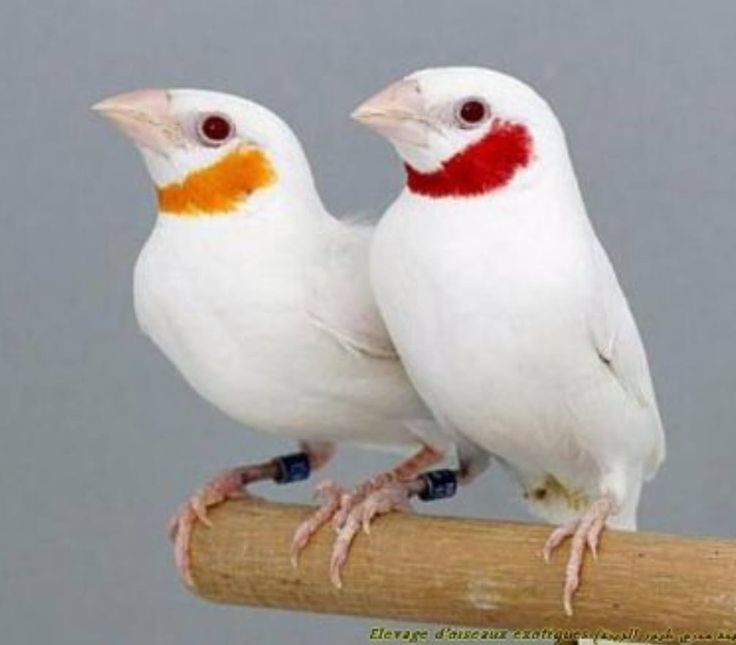 Albino Cut-throat Finch
1 × ₨ 60,000
Albino Cut-throat Finch
1 × ₨ 60,000 -
×
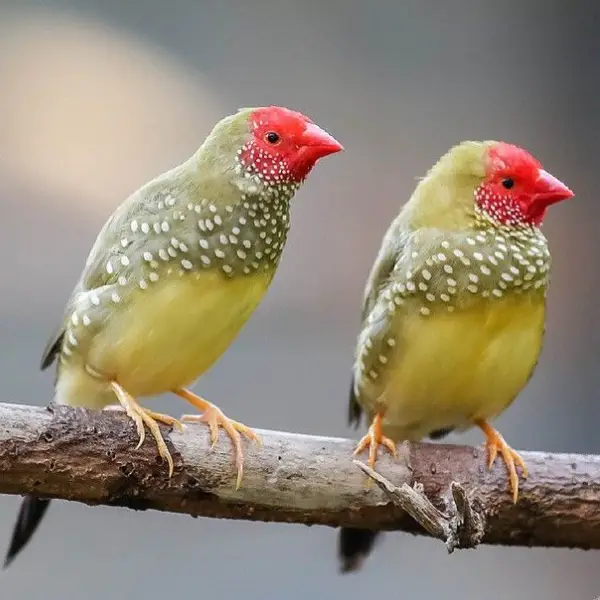 Green Star Finch
1 × ₨ 15,000
Green Star Finch
1 × ₨ 15,000 -
×
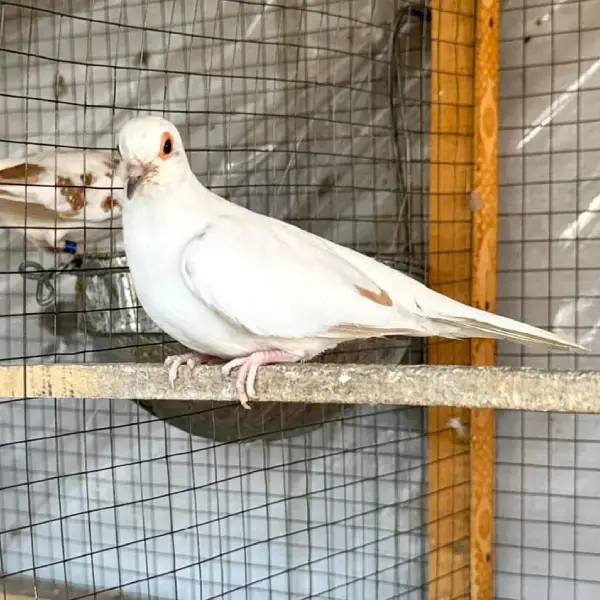 Red Pied Dove
1 × ₨ 6,000
Red Pied Dove
1 × ₨ 6,000 -
×
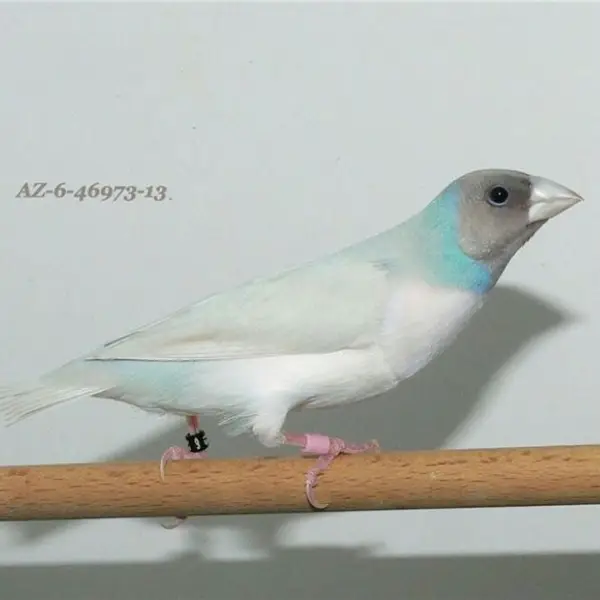 Silver Gouldian Finch
2 × ₨ 18,000
Silver Gouldian Finch
2 × ₨ 18,000 -
×
 Euro Bengalese
1 × ₨ 3,000
Euro Bengalese
1 × ₨ 3,000 -
×
 Galah Cockatoo
2 × ₨ 450,000
Galah Cockatoo
2 × ₨ 450,000 -
×
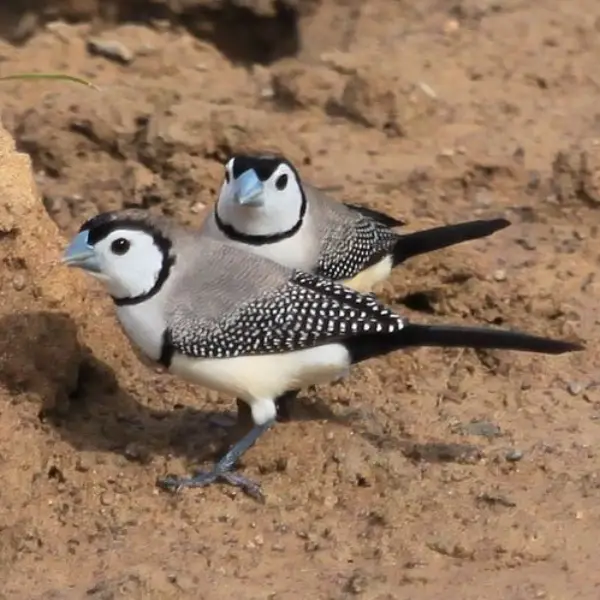 Owl Finch
1 × ₨ 16,000
Owl Finch
1 × ₨ 16,000 -
×
 Silver Diamond Firetail Finch
1 × ₨ 25,000
Silver Diamond Firetail Finch
1 × ₨ 25,000 -
×
 Zebra Dove
1 × ₨ 15,000
Zebra Dove
1 × ₨ 15,000 -
×
 Lotino Gouldian Finch
1 × ₨ 12,000
Lotino Gouldian Finch
1 × ₨ 12,000 -
×
 Blue Opaline
1 × ₨ 4,000
Blue Opaline
1 × ₨ 4,000
Subtotal: ₨ 1,133,000

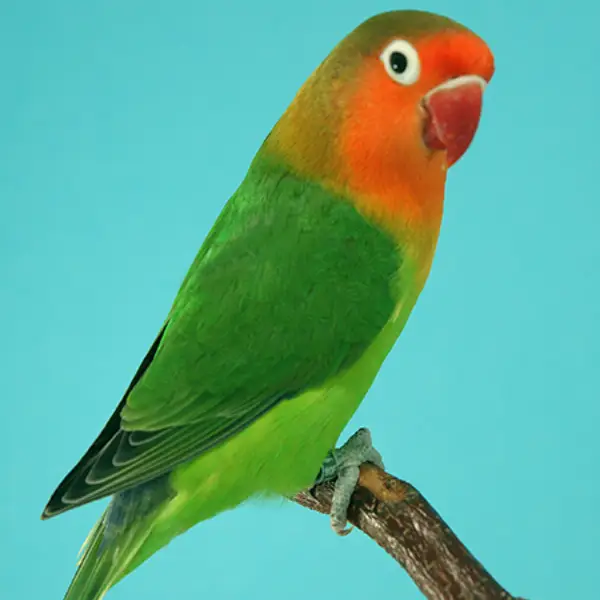


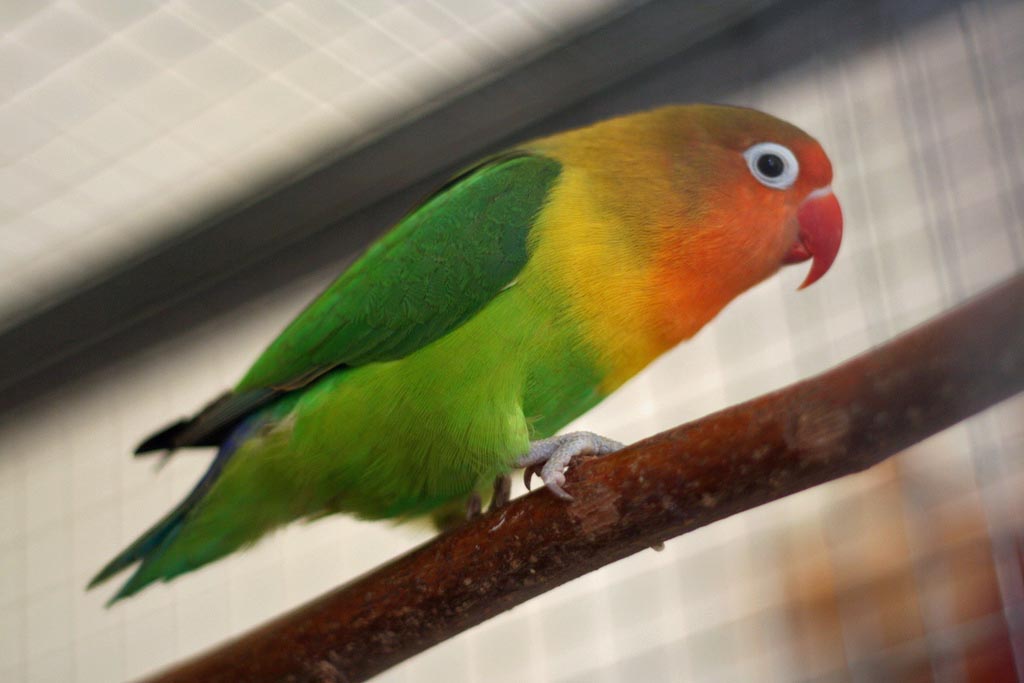

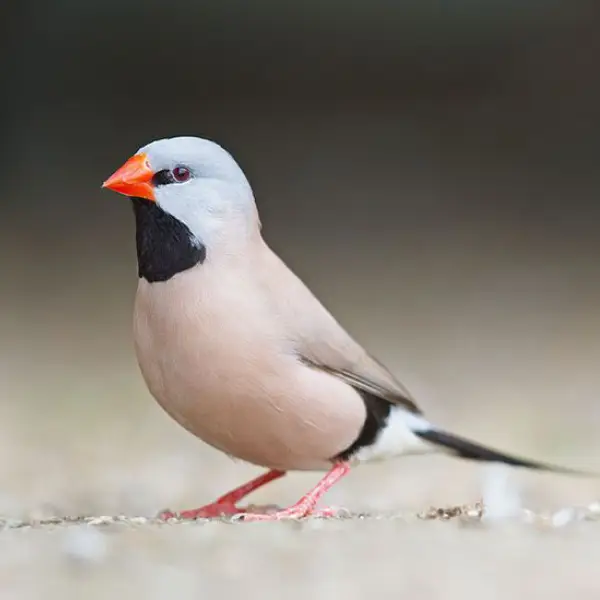
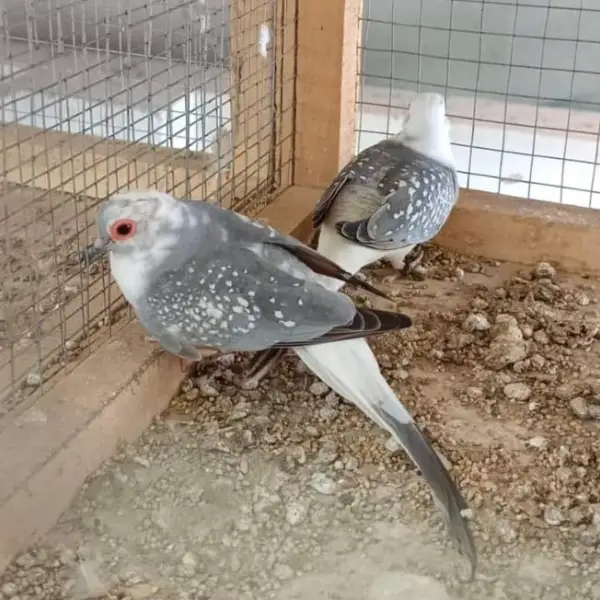
Reviews
There are no reviews yet.